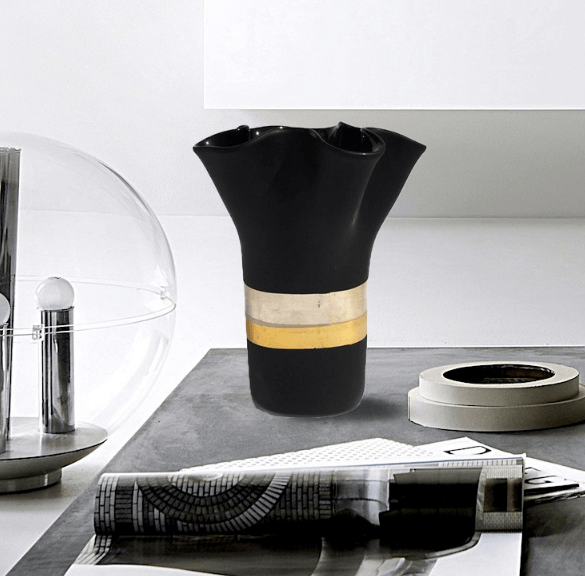Murano glass is a type of glass that is made on the island of Murano, near Venice, Italy. The history of glassmaking on the island dates back over 700 years, and the techniques used to create Murano glass are unique and have been passed down from generation to generation.
Murano glass is made using a process called furnace casting, where molten glass is gathered from a furnace and then shaped using a variety of tools, such as wooden blocks, metal jacks, and blowpipes. The glass is then molded into its final form and decorated with intricate designs, vivid colors, and other embellishments.
Murano glass is known for its beauty, quality, and durability. It is created using the finest materials and is crafted to last for generations. The intricate designs, vivid colors, and attention to detail that go into each piece of Murano glass make it a true work of art that is highly sought after by collectors and lovers of fine art.
There are several types of Murano glass, including Venetian glass, which is known for its intricate patterns and intricate designs, and Millefiori glass, which is characterized by its intricate designs made from multi-colored glass canes.
Murano glass can be used to create a wide range of products, including vases, goblets, sculptures, jewelry, and other decorative items. The versatility of Murano glass makes it a great choice for a wide range of home decor styles, from classic and traditional to modern and contemporary.
Overall, Murano glass is a beautiful and timeless work of art that adds elegance and luxury to any home. Its rich history, cultural significance, and beauty make it a highly prized and sought after item that is sure to be treasured for years to come.
Murano glass has played an important role in the history of Venice and Italy, and has been valued for its beauty and quality for centuries. Its legacy continues today, as artisans on the island of Murano carry on the tradition of creating exquisite and unique glass pieces. Here are some additional facts about the history of Murano glass:
Early innovations: Murano glassmakers were known for their technical innovations in glassmaking, such as the creation of cristallo glass, a clear, colorless glass that was highly prized by European nobility in the 16th century.
Secret techniques: In order to maintain a monopoly on their glassmaking techniques, Murano glassmakers were forbidden to leave the island of Murano. They were also sworn to secrecy about their methods and techniques, and any glassmaker who revealed their secrets risked punishment, including imprisonment or banishment.
Influence on art: Murano glass has had a significant impact on the art world, inspiring many famous artists and designers. For example, in the 20th century, artists such as Salvador Dalí and Pablo Picasso incorporated Murano glass into their artworks.
Glass museums: There are several museums dedicated to Murano glass, including the Murano Glass Museum (Museo del Vetro) in Venice, which showcases the history and evolution of Murano glass, as well as contemporary glass artworks.
Contemporary designs: Today, Murano glass continues to evolve and innovate, with many contemporary glass artists creating new and exciting designs. Some glassmakers are experimenting with new techniques, such as using recycled glass or incorporating LEDs into their designs.
Murano glass has a rich and fascinating history, and continues to be an important part of Italian culture and heritage. Its legacy lives on through the work of skilled glass artisans, who continue to create beautiful and unique glass pieces using traditional techniques passed down through the generations.
